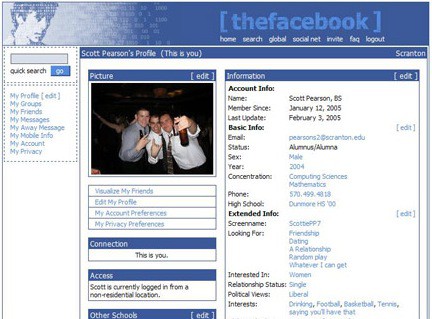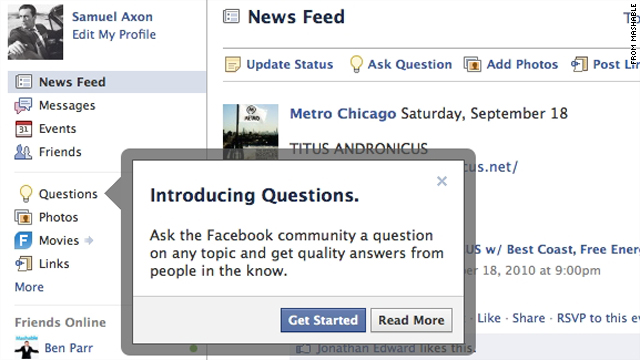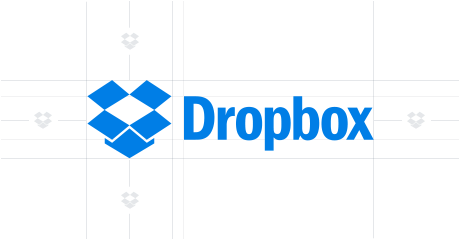QUTGAMERS
"Where studying is second to gaming"
Now you could only understand this if you have been to QUT's S
block level 5. But this place is renowned for students using their "free
time" to play online games. So the platform's proposed purpose is to bring
together a large community of gamers specifically at QUT and to occupy every
computer there with something game related. No one wants to be playing a game
at university all alone with no one to laugh with because that's not what
university is for. QUTGamers will be a social platform which allows users to do
a number of things:
- "Help me get into the fishbowl (S515) so I can play while it's empty."
- "Anyone want to play games aka League of Legends? I have no classes today."
- "Does anyone have the copy of the game on USB for me to borrow?"
So what
are the stage 1 benefits of this community?
The value of this community is that they are part of this
community for the same reason, to play games whilst at uni. The concept of
finding other gamers who may play the same game as the user is practically an
ice breaker for making new friends at uni. Everyone wants to be a part of
something like a club without actually being part of it. So the benefit of this
community is so everyone can enjoy game-like activities with new friends and to
make each other feel comfortable.
What are the start up costs of your community and how
can they be reduced?
There are no start-up costs for this community as there already
is a community of gamers based at level 5 S block. So the platform is made for
this community and technically the cost is reduced since the community does not
need to be created. This is a community based on making friends who play the
same games. Major costs would be advertising and luring in students as clubs
and other social platforms already exist. However, if one club were to make
full use of this social platform, then the numbers would be sufficient enough
to lure in other students.
What are the early adopter benefits?
Generally, early adopters receive benefits like discounts or
simply the satisfaction of one of the first to the platform. With QUTGamers,
the benefit of being an early adopter would be the chance to get to know
everyone and to create a social status among the community. A
possible benefit that can be offered to early adopters could be a higher status
in the community, the ability to monitor posted events or the ability to take
action on reported individuals. Again, this would be a social platform with the
goal of reaching out to all QUT gaming students.
So how could I increase success expectation?
Simple, the more you use this social platform, the more people you'll get to know and thus make the community a friendlier place. Users will be able to say hi to practically anyone on that floor instead of the general walking pass and peaking over to see what's going on. Everyone who plays games enjoys the interaction among other gamers and this is enough to create a positive expectations.
Simple, the more you use this social platform, the more people you'll get to know and thus make the community a friendlier place. Users will be able to say hi to practically anyone on that floor instead of the general walking pass and peaking over to see what's going on. Everyone who plays games enjoys the interaction among other gamers and this is enough to create a positive expectations.
That's my basic idea of social platform. It will be a very small
community as it is focused for QUT students but a community where everyone will
know everyone. If this platform were to evolve, then it could be extended to
every university where each uni would have their own group on the platform and
anyone can travel to random events.
Thanks for reading and I hope the people at S block level 5
don't disturb you too much!














